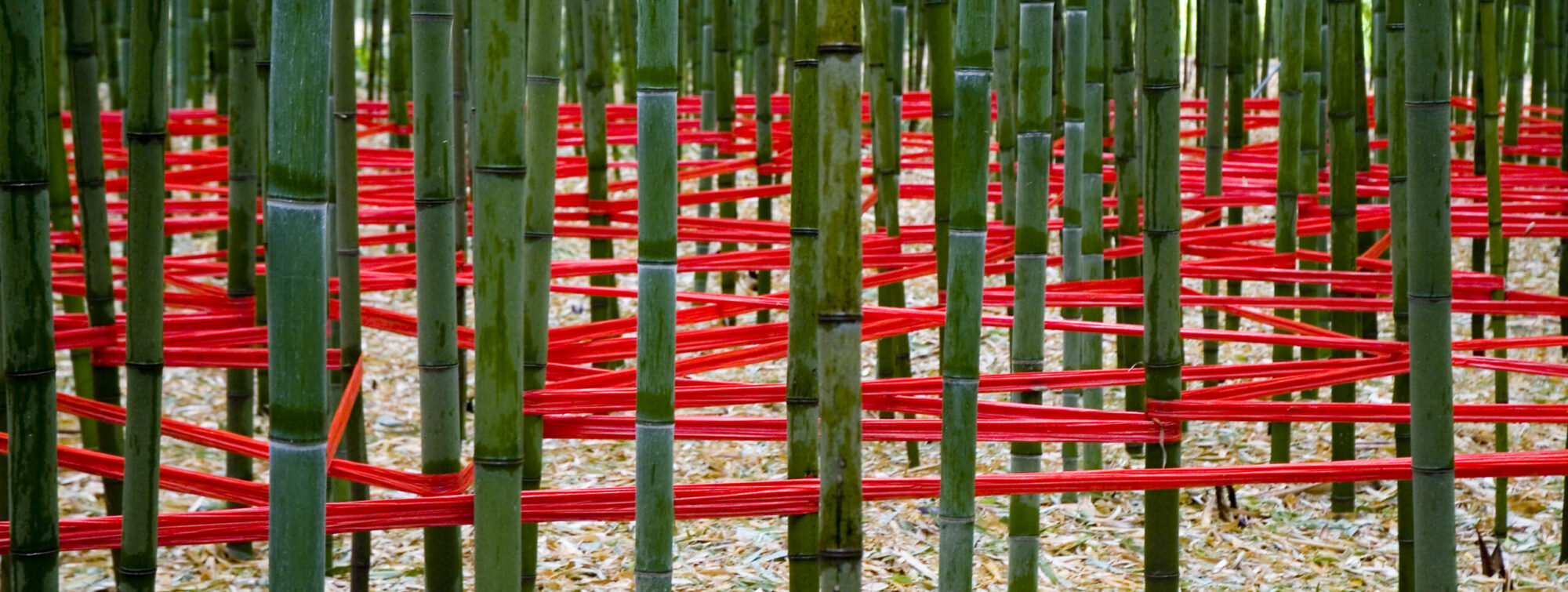Today’s village of Hampi is the name under which the tourist finds two types of stones. One one hand gigantic boulders that mark the impressive landscape, several are 10 meters and higher, like pebbles of prehistoric giants.

The other type of stone are the temples and other buildings that remain from the medieval empire of Vijayanagara, which – at the times of its largest extent in the 16th century – ruled most of the Indian subcontinent, from the arab sea on the west side to the Indian ocean on the east coast.

These temples are the reason for most tourist to visit the area, but maybe the beauty of this place was the reason to found Vijayanagara in the 14th century right there. We dedicated our first day in Hampi to these architectural reminescensces.
If you want to dive in deeper into the history, I highly recommend the captivating episode Vijayanagara – The Last Emperors of South India from the “Fall of Civilizations” podcast , available on Spotify or YouTube. It gave me better understanding of South Indias History in the times until the British South East India Company ruled the country.
Here I can merely show you some pictures of the beauty, carved in granite, hundreds of years ago, giving sign of a flourishing society.
















What may be common knowledge is that a society produces a high degree of art, architecture and beauty only, if it has resources free that are not tied up with warfare or nourishment. What I kept im mind from the podcast is, that also with this empire a wise governance with tolerance towards all kinds of peoples and religions lead to not only the greatest extent of the empire but also to the highest prosperity of the complete society.
Note: The decline of the empire, on the other hand, was initiated by arrogance and overestimation (podcast from around 02:20:00 following) which lead to the Battle of Talikota. (https://en.wikipedia.org/wiki/Vijayanagara_Empire)
